Wind Wall in Rolex Middle Sea Race
Published on October 23rd, 2016
(October 23, 2016; Day 2, 1600 CET) – After scorching around the early part of the Rolex Middle Sea Race, covering over half of the 608 nautical-mile course in just 24 hours, Lloyd Thornburg’s American MOD70 Phaedo3 and Giovanni Soldini’s Italian MOD70 Maserati have come to a relative grinding halt. After sustaining speeds of over 20 knots en route from Stromboli, the pair ‘hit the wall’ just before San Vito Lo Capo on the North West tip of Sicily.
This ‘pit-stop’ was to Maserati’s initial gain. Having been around ten miles behind Phaedo3 for much of the leg, the Italian team kept a more northerly route, were able to hold better pressure longer and actually overhauled their rivals. The joy was short lived as Phaedo3’s coast-hugging tactics appear to have enable them to slip into new stronger breeze as they round the corner and start to head south.
This lack of wind north of Sicily can be attributed to a low pressure system in the Atlantic, which is literally sucking warm air out of the Mediterranean and up over the Alps into parts of northern Europe. Currently in Zermatt, the temperature is higher than usual for the time of year. The southerly wind experienced in the alpine resort confirms this trend in the southern Mediterranean. The wind effect is known locally in Switzerland as a “Föhn”, a generic term for “hairdryer”.
The “hairdryer” is having a considerable effect on the battle for both line honours and the overall win in the monohull fleet.
George David’s American Maxi Rambler 88 is in an epic battle to maintain their position at the front of the monohull fleet. In an effort to skirt the windless hole that trapped the multihulls and which is forecast to expand eastward, Rambler 88 initially dived south after rounding Stromboli and is now heading offshore away from Filicudi.
Despite their moves, the pursuing pack of yachts continue to snap at Rambler’s heels. The Danish Volvo 70 Trifork, with Bouwe Bekking at the helm, is a mere three miles astern. Clarke Murphy’s Carbon Ocean 82 Aegir is five miles behind. Perhaps even worse, at least in the minds of the Rambler crew, Marton Jozsa’s Hungarian RP60 Wild Joe, Maximilian Klink’s Swiss Botin 65 Caro, Vincenzo Onorato’s Cookson 50 Mascalzone Latino and Quentin Stewart’s Infiniti 46 Maverick are all within ten miles of the pre-race Line Honours favourite.
The stakes are high. Those yachts connecting with the southerly off the western seaboard of Sicily will have an advantage over the rest of the fleet struggling to head west. If so the scenario will have a tremendous impact on the contest for the overall win on corrected time.
The tactically challenging conditions on the first night were used well by several smaller yachts including Lee Satariano’s Maltese J/122 Artie, which was leading the fleet at Messina and has made good progress towards Stromboli. However, if as expected, the windless zone on the course spreads east along the northern coast of Sicily, these slower yachts may find their podium prospects severely dented. Of course, this is yacht racing, there is much to play for and no one is giving up just yet.
Of the 16 monohulls that have rounded Stromboli, Eric de Turckheim’s French A13 Teasing Machine is currently leading under IRC, just ahead of Mascalzone Latino.
PHOTO: Eric de Turckheim’s French A13 Teasing Machine.
Event details – Entrants – Tracker – Facebook – Team blogs
Organised by the Royal Malta Yacht Club, 107 yachts began the 37th edition of the 608 nm yacht race on October 22. The race takes place in the heart of the Mediterranean and covers one of the most beautiful courses in the world. Starting and finishing in Malta, the route includes the deep azure waters around Sicily including the Aeolian and Egadi Islands, as well as Pantelleria and Lampedusa. One of the most stunning vistas is Stromboli, the active volcano which is a course mark.
Challenging, enchanting and historic, the annual Rolex Middle Sea Race is one of Europe’s most popular and respected offshore races. Supported by Rolex since 2002, the event’s fascination is largely drawn from its alluring course – a rigorous and scenic anti-clockwise loop around Sicily, which introduces numerous ‘corners’ that present changing and complex meteorological shifts.
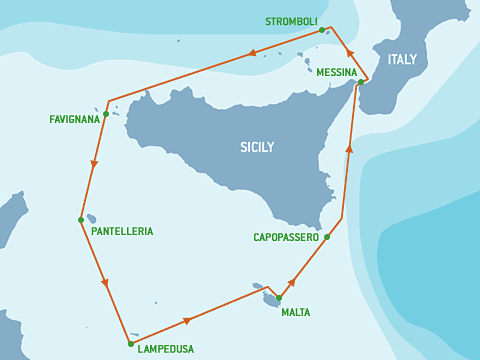
Source: Rolex Middle Sea Race


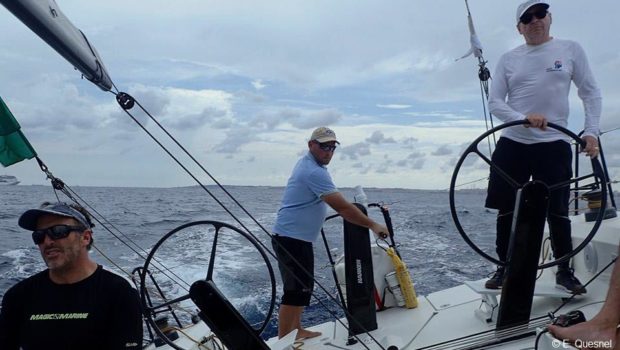



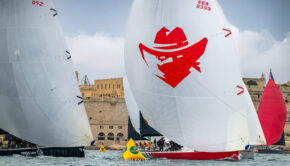
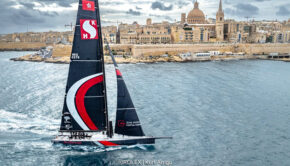
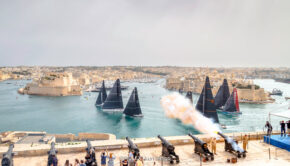
 We’ll keep your information safe.
We’ll keep your information safe.